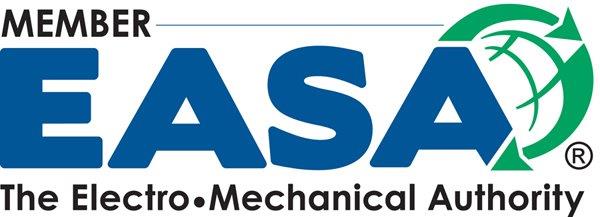As the heart of an induction motor, the rotor plays a crucial role in ensuring the efficient operation of the machine. One of the key components of the rotor is the rotor bars, which are responsible for carrying the current that generates the motor’s electromagnetic field. However, rotor bars are also susceptible to various forms of degradation and failure over time, which can lead to costly repairs and downtime if not detected early. In this blog post, we will take a closer look at rotor bar testing and failure detection methods that are essential for maintaining the health and performance of induction motors.
The Importance of Rotor Bar Testing
Rotor bar testing is a critical aspect of motor maintenance as it helps identify potential issues before they escalate into major problems. By regularly inspecting and testing rotor bars, motor technicians can detect early signs of degradation such as broken bars, cracks, or loose connections. Timely detection of these issues can prevent catastrophic failures, extend the lifespan of the motor, and reduce unexpected downtime.
Common Rotor Bar Testing Methods
There are several methods used for rotor bar testing, each with its advantages and limitations. Some of the most common rotor bar testing techniques include:
- Motor Current Signature Analysis (MCSA): MCSA is a non-invasive testing method that monitors the motor’s current signature to detect abnormalities associated with rotor bar defects. By analyzing the spectral components of the current waveform, technicians can identify specific fault signatures indicative of rotor bar issues.
- Insulation Resistance Testing: Insulation resistance testing is used to assess the insulation integrity of rotor bars. A decrease in insulation resistance may indicate potential rotor bar faults such as contamination or moisture ingress.
- Visual Inspection: Visual inspection involves physically examining the rotor bars for signs of damage, such as discoloration, burn marks, or physical deformities. While visual inspection is a straightforward method, it may not always detect internal faults.
Failure Detection and Diagnosis
When rotor bar issues are detected, it is essential to diagnose the root cause of the problem to implement appropriate corrective actions. Depending on the severity of the fault, repairs may range from simple re-tightening of connections to complete rotor bar replacement. Failure to address rotor bar defects promptly can result in motor overheating, reduced efficiency, and ultimately motor failure.
Conclusion
Regular rotor bar testing and failure detection are essential practices to ensure the reliable operation of induction motors. By leveraging advanced testing techniques and proactive maintenance strategies, motor operators can minimize the risk of unexpected failures and optimize motor performance. Investing in comprehensive rotor bar testing not only improves motor reliability but also reduces operational costs over the long term.
For expert motor repair and maintenance services, contact The Pump & Motor Works, Inc.



